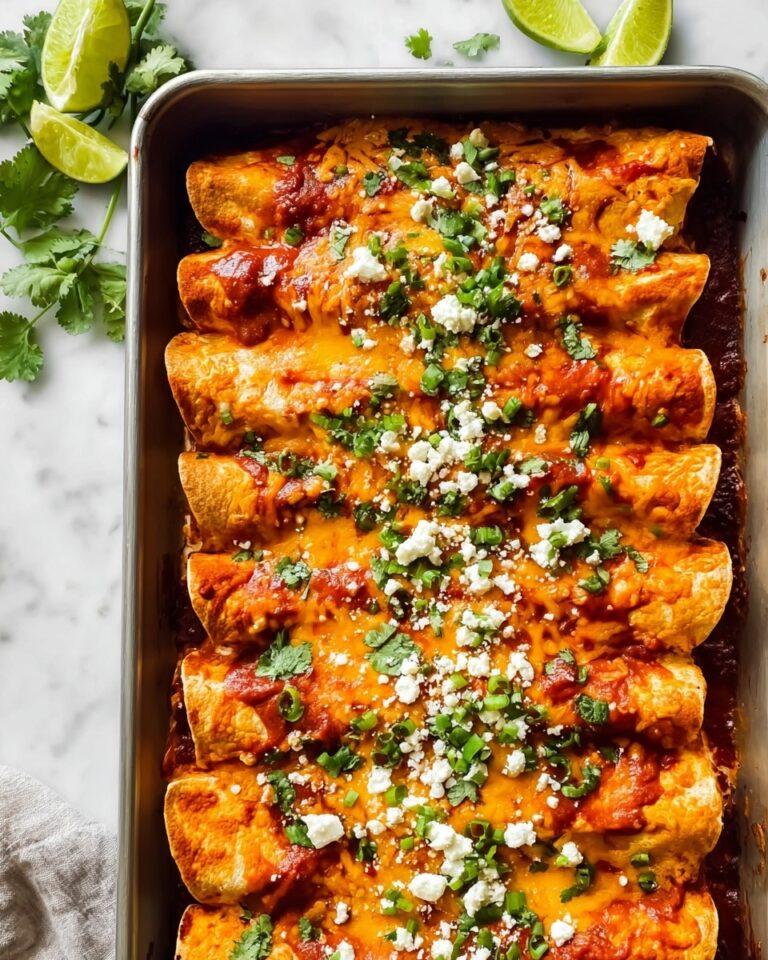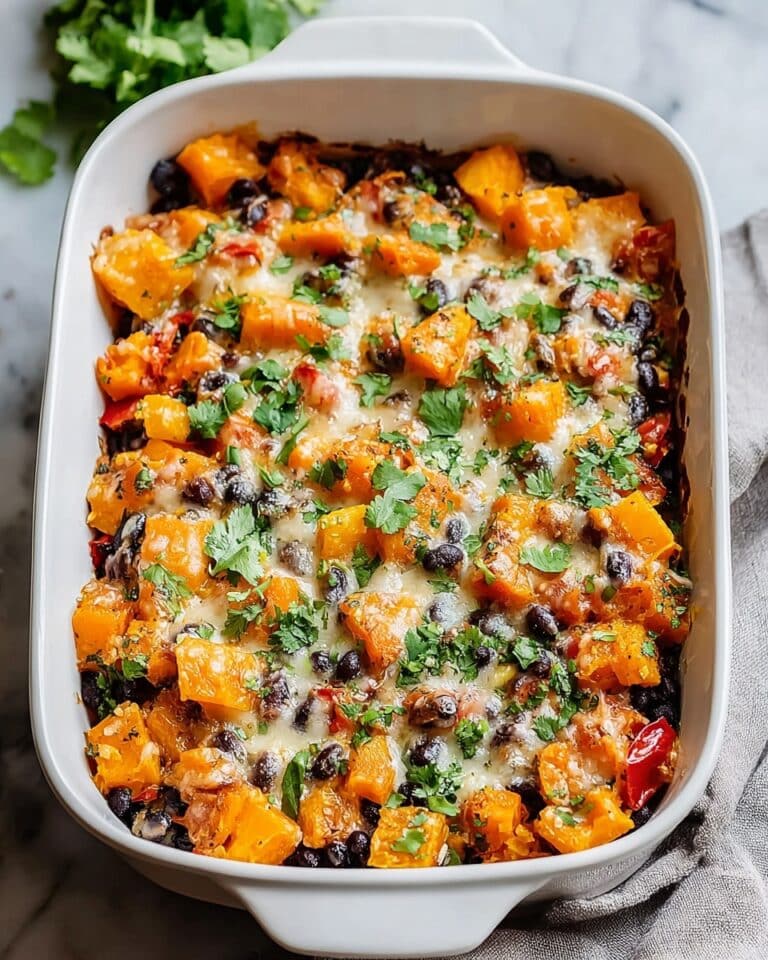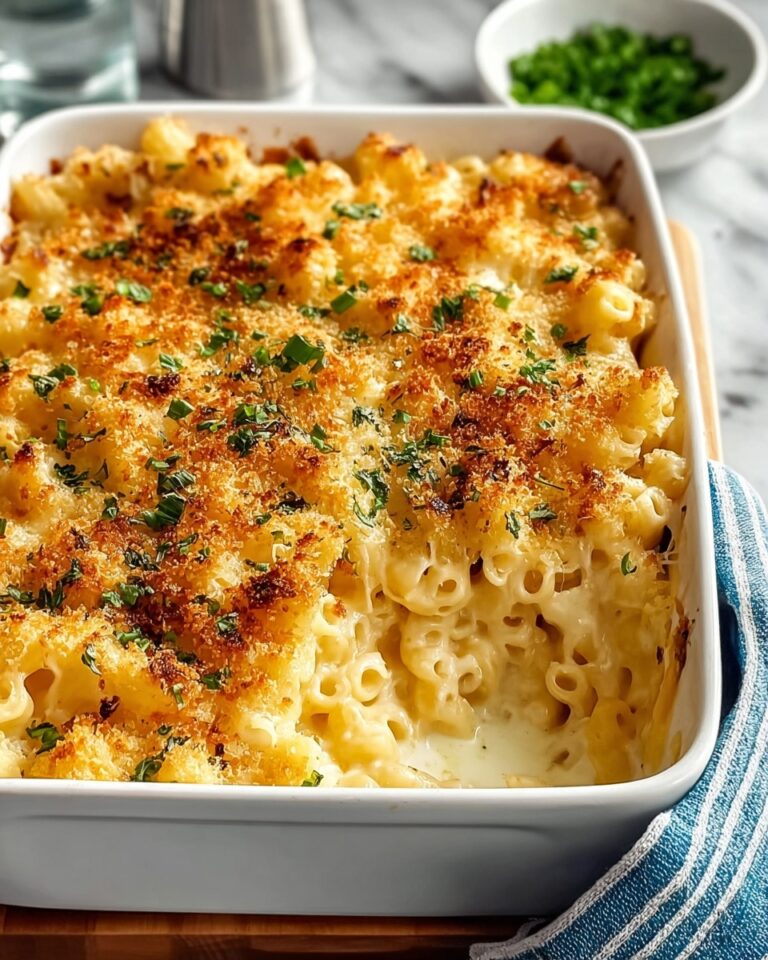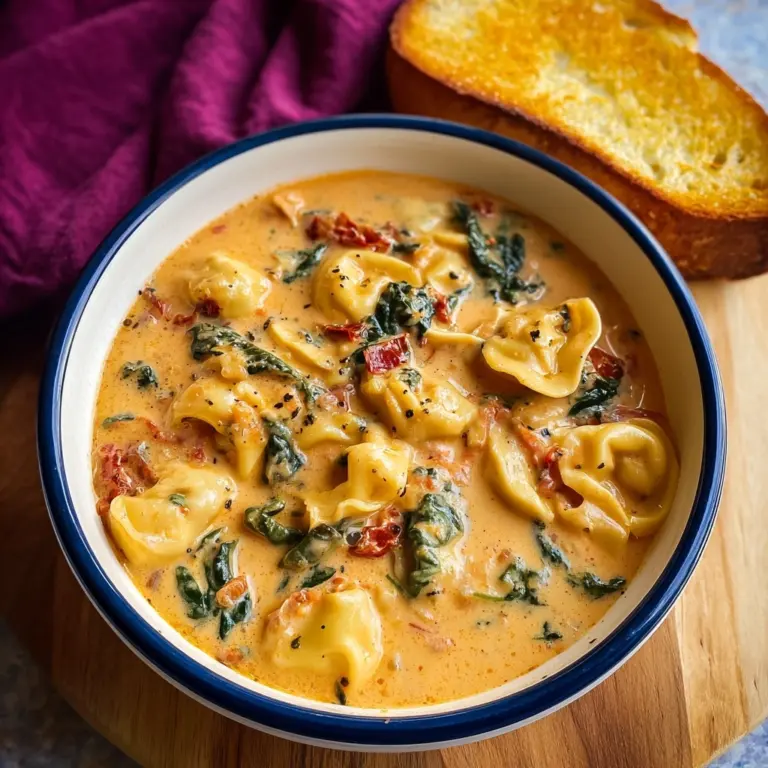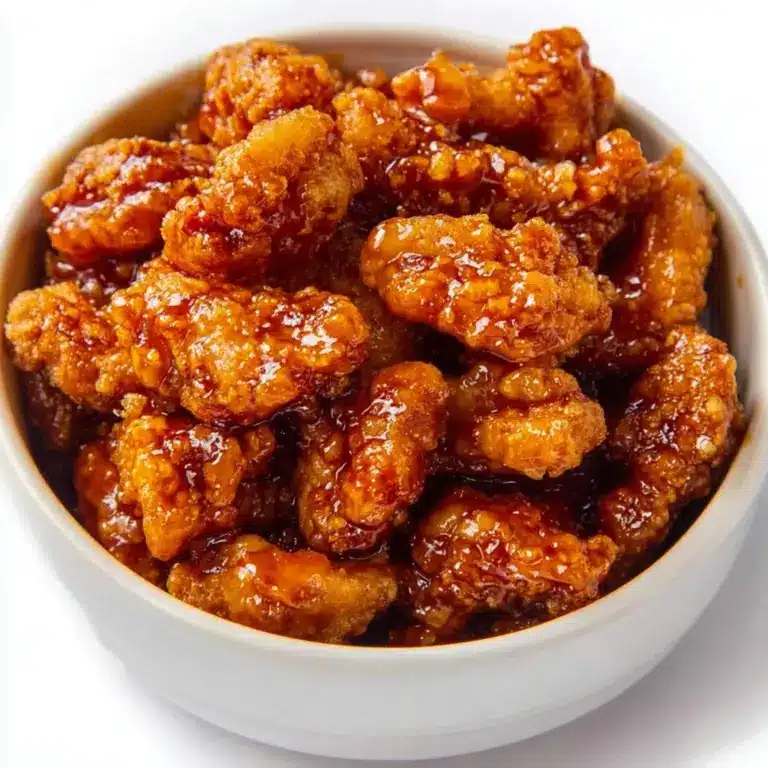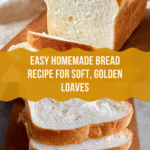Homemade Bread Recipe
If you’ve ever dreamed of biting into a warm, fluffy loaf straight from your own oven, then you’re going to love this Homemade Bread recipe. It’s a heartfelt classic that fills your kitchen with the irresistible aroma of fresh-baked goodness and rewards you with a tender crumb and golden crust every single time. There’s something truly magical about turning simple ingredients into such a comforting staple, and I can’t wait to share every step to make your Homemade Bread journey not just easy but absolutely delicious.
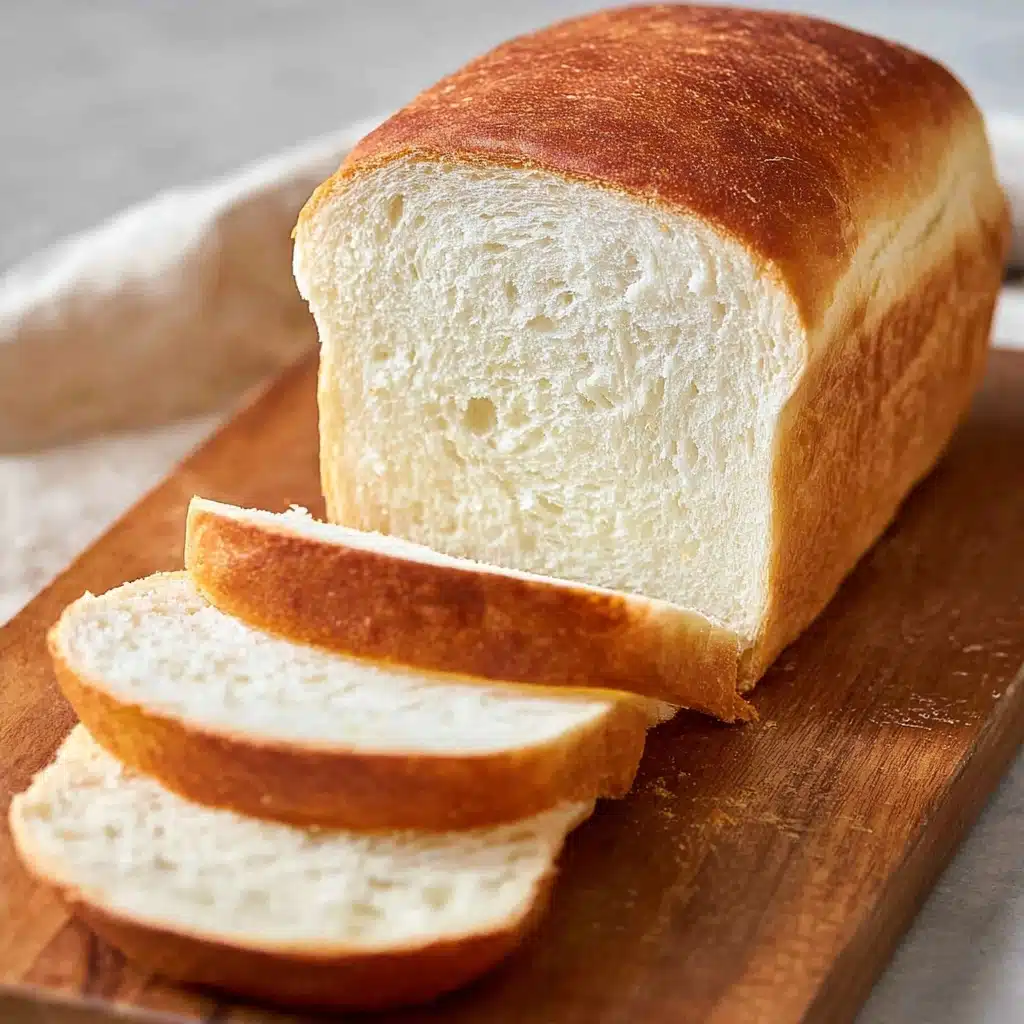
Ingredients You’ll Need
These ingredients are wonderfully simple, yet they each play a crucial role in crafting the perfect loaf. From the yeast that creates that airy texture to the honey that adds a touch of subtle sweetness, everything works in harmony to make your Homemade Bread shine.
- Warm water (2 cups): The perfect temperature activates the yeast without killing it, setting the foundation for a great rise.
- Active dry yeast (1 tablespoon): This is the magic agent that makes your bread fluffy and light.
- Honey or sugar (1/4 cup): A hint of sweetness feeds the yeast and enhances flavor and crust color.
- Salt (2 teaspoons): Essential for balancing taste and strengthening the gluten structure.
- Oil (2 tablespoons): Adds moisture and keeps the bread soft and tender.
- All-purpose or bread flour (4 to 5 1/2 cups): The base of your dough, controlling texture and chewiness—use more for a sturdier loaf, less for a lighter crumb.
How to Make Homemade Bread
Step 1: Activate the Yeast
Start by mixing your yeast with warm water and a pinch of sugar or honey, then let it rest for 5 to 10 minutes. You’re waiting for that wonderful foamy bubble-up effect, which proves your yeast is alive and ready to work its magic. If you don’t see bubbles, no worries — just grab some fresh yeast and try again.
Step 2: Build the Dough
Once your yeast is bubbly, add the rest of your sugar or honey, salt, oil, and three cups of flour. Mix to combine everything. Then gradually add more flour, cup by cup, mixing as you go. Your dough is ready when it pulls away from the sides of the bowl, feels smooth, elastic, and just slightly sticky to the touch.
Step 3: Knead to Perfection
To develop that beautiful gluten structure, knead the dough for 4 to 5 minutes with a mixer or 5 to 8 minutes by hand on a lightly floured surface. This step transforms the mixture into a bounce-back, stretchy ball of dough that’s ready to rise.
Step 4: First Rise
Place your dough in a greased bowl, turning it to coat all sides with oil. Cover it with a towel or plastic wrap and let it rest in a warm spot until it doubles in size — about an hour and a half. This stage is essential for creating those soft, airy pockets inside your loaf.
Step 5: Shape and Second Rise
After punching down your dough to release air bubbles, divide it equally and form two long loaf shapes. Place them in greased bread pans and cover loosely. Let the dough rise again until it grows about an inch above the pans — typically 45 minutes to an hour.
Step 6: Bake and Finish
Pop your loaves into a 350°F oven and bake for 30 to 33 minutes. When ready, they should have a lovely golden crust and sound hollow when gently tapped on top. Let them cool on a wire rack, brush them with butter for that irresistible shine and softness, and then get ready to slice into your proud creation.
How to Serve Homemade Bread
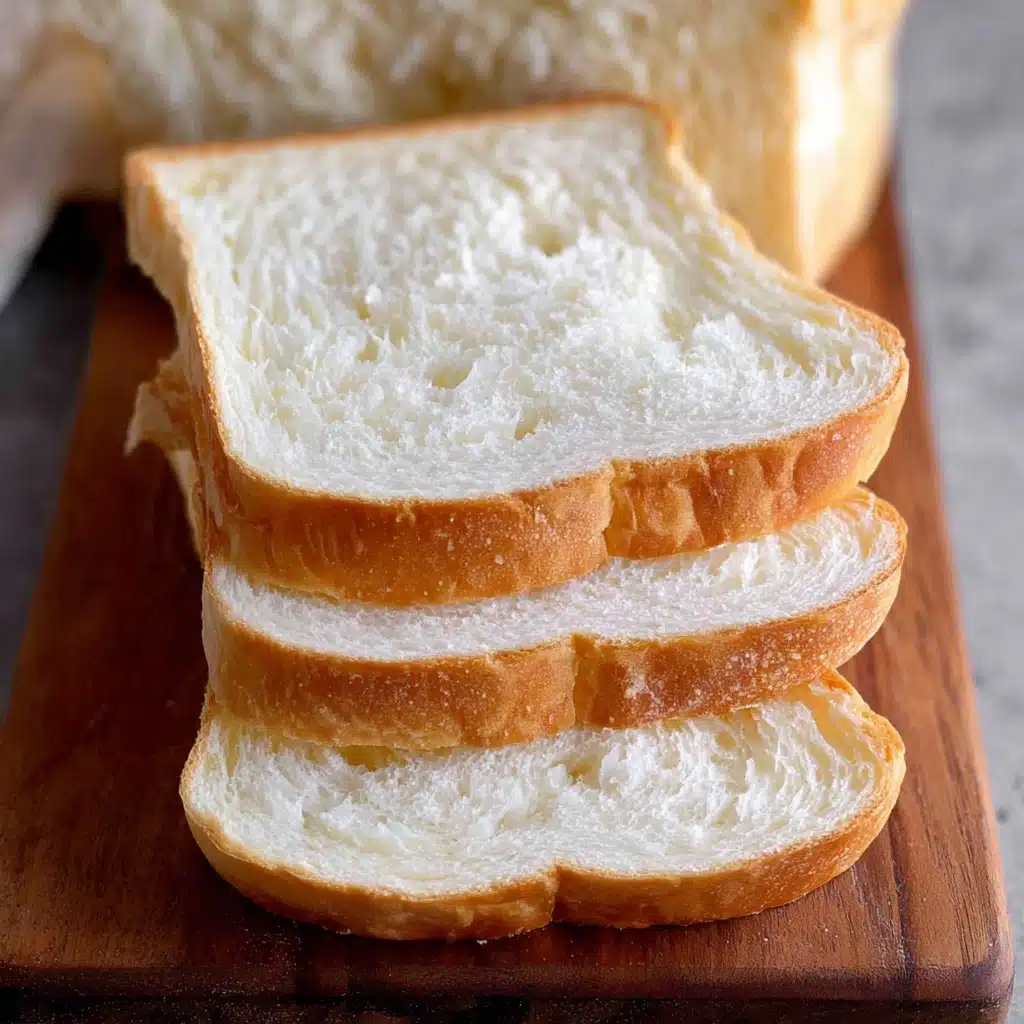
Garnishes
While plain Homemade Bread is delicious on its own, brushing the crust with melted butter right after baking adds a lovely sheen and richness. For an extra touch, sprinkle coarse sea salt or herbs like rosemary or thyme on top before baking for a savory twist.
Side Dishes
Homemade Bread pairs beautifully with everything from a rich bowl of soup or stew to a fresh salad or a hearty cheese board. Its soft crumb and crusty exterior make it the ultimate companion for dips like olive oil with balsamic, hummus, or your favorite spreads.
Creative Ways to Present
Try slicing your bread thickly for warm sandwiches or toast it and top with avocado and a sprinkle of chili flakes for a simple but delightful snack. You could also cube any leftover bread for croutons, bread pudding, or even a classic French toast breakfast the next day.
Make Ahead and Storage
Storing Leftovers
If you’re lucky enough to have any leftover homemade bread, just wrap it tightly in an airtight container or plastic bag and keep it at room temperature. It will stay fresh for 2 to 3 days, perfect for quick snacks or sandwiches.
Freezing
To enjoy your Homemade Bread longer, slice it first and freeze the slices in a sealed bag. This way, you can take out only what you need without thawing the entire loaf. Frozen bread keeps well for up to 3 months without losing its wonderful texture.
Reheating
When ready to eat, gently toast your frozen slice or warm it in the oven wrapped in foil for 10 to 15 minutes at 350°F. Adding a little butter after reheating brings back that just-baked softness and flavor like magic.
FAQs
Can I use whole wheat flour instead of all-purpose for Homemade Bread?
Absolutely! Whole wheat flour adds a nuttier flavor and denser texture. I recommend substituting up to half the flour with whole wheat to keep the bread light and moist.
What if my dough doesn’t rise well?
Check your yeast’s freshness and the temperature of the water—it should be warm, not hot, to activate the yeast properly. Also, make sure your rising area is cozy but not too hot to help the dough puff up nicely.
Can I make Homemade Bread without a stand mixer?
Yes! Kneading by hand on a floured surface works wonderfully, and you’ll develop a great connection with your dough in the process — just knead for a bit longer, about 8 minutes.
How do I know when the bread is fully baked?
Look for a deep golden brown crust and tap the top of the loaf gently; if it sounds hollow, it’s a good sign that it’s baked through. Internal temperature around 190°F is also ideal if you have a thermometer.
Can I add extras like seeds or nuts to the dough?
Yes! Add them after the first mix but before kneading to distribute evenly. Sunflower seeds, flaxseeds, or chopped nuts bring great texture and flavor to your loaf.
Final Thoughts
There is something truly rewarding about making Homemade Bread that fills your home with warmth and comfort. Once you get the hang of this recipe, you’ll find it becomes a beloved staple that brings joy to your meals and those you share it with. So, grab your ingredients, get your hands a little floury, and embrace the wonderful adventure of baking your very own Homemade Bread.
Print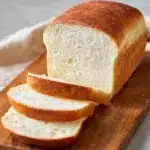
Homemade Bread Recipe
- Total Time: 2 hours 45 minutes
- Yield: 2 loaves (9×5 inch each) 1x
- Diet: Vegetarian
Description
This Homemade Bread recipe yields soft, fluffy loaves with a golden crust, perfect for sandwiches or toast. Made with simple ingredients, this bread involves two rises to develop flavor and texture, providing a rewarding baking experience for beginners and experts alike.
Ingredients
Yeast Mixture
- 2 cups warm water (105–115 degrees F) (474g)
- 1 tablespoon active dry yeast
- 1 tablespoon honey or sugar (from the total 1/4 cup)
Main Dough Ingredients
- 1/4 cup honey or sugar (85g honey or 50g sugar total)
- 2 teaspoons salt
- 2 tablespoons oil (canola or vegetable) (30 ml)
- 4 – 5 1/2 cups all-purpose or bread flour (500g-688g)
Instructions
- Prepare the Dough: In a large bowl or stand mixer, combine the yeast, warm water, and a pinch of honey or sugar. Let it rest for 5-10 minutes until the mixture becomes foamy and bubbly to ensure the yeast is active.
- Add Remaining Ingredients: Stir in the remaining honey or sugar, salt, oil, and 3 cups of flour until combined.
- Incorporate More Flour: Add an additional cup of flour and mix thoroughly. Then, with the mixer running, add more flour ½ cup at a time until the dough pulls away from the bowl sides and becomes smooth, elastic, and slightly sticky but not overly so.
- Knead the Dough: Knead the dough on medium speed for 4-5 minutes or by hand on a floured surface for 5-8 minutes to develop gluten structure.
- First Rise: Grease a large bowl and place the dough inside, turning it to coat with oil. Cover and let rise in a warm place until doubled in size, about 1 1/2 hours.
- Prepare Pans: Spray two 9×5-inch bread pans generously with cooking spray and optionally line the bottoms with parchment paper.
- Shape Dough: Punch down the dough to release air bubbles, divide it into two equal portions, shape each into a loaf, and place them in the prepared pans.
- Second Rise: Cover pans with a lightweight towel or oiled plastic wrap and let the dough rise again until it extends about 1 inch above the pans, approximately 45 minutes to 1 hour.
- Bake Bread: Preheat the oven to 350°F (175°C). Bake the loaves for 30-33 minutes until the tops are golden brown and sound hollow when tapped.
- Cool the Loaves: Remove loaves from pans and invert onto a wire rack. Brush tops with butter and let cool for at least 10 minutes before slicing.
- Storage: Store cooled bread in airtight containers at room temperature for 2-3 days or refrigerate up to 5 days to maintain freshness.
Notes
- Make sure the water used to activate yeast is between 105-115°F to avoid killing the yeast.
- If yeast doesn’t foam during proofing, discard and use fresh yeast for best results.
- Flour amounts can vary based on humidity and brand, so add gradually to achieve desired dough texture.
- For softer crust, brushing with butter after baking is recommended.
- You can freeze the bread up to 3 months; thaw and warm before serving.
- Prep Time: 20 minutes
- Cook Time: 30 minutes
- Category: Bread
- Method: Baking
- Cuisine: American
Nutrition
- Serving Size: 1 slice (about 1/16th of a loaf)
- Calories: 120 kcal
- Sugar: 3 g
- Sodium: 180 mg
- Fat: 2.5 g
- Saturated Fat: 0.3 g
- Unsaturated Fat: 2 g
- Trans Fat: 0 g
- Carbohydrates: 22 g
- Fiber: 1 g
- Protein: 4 g
- Cholesterol: 0 mg
Keywords: homemade bread, yeast bread, soft bread, baking bread, easy bread recipe

